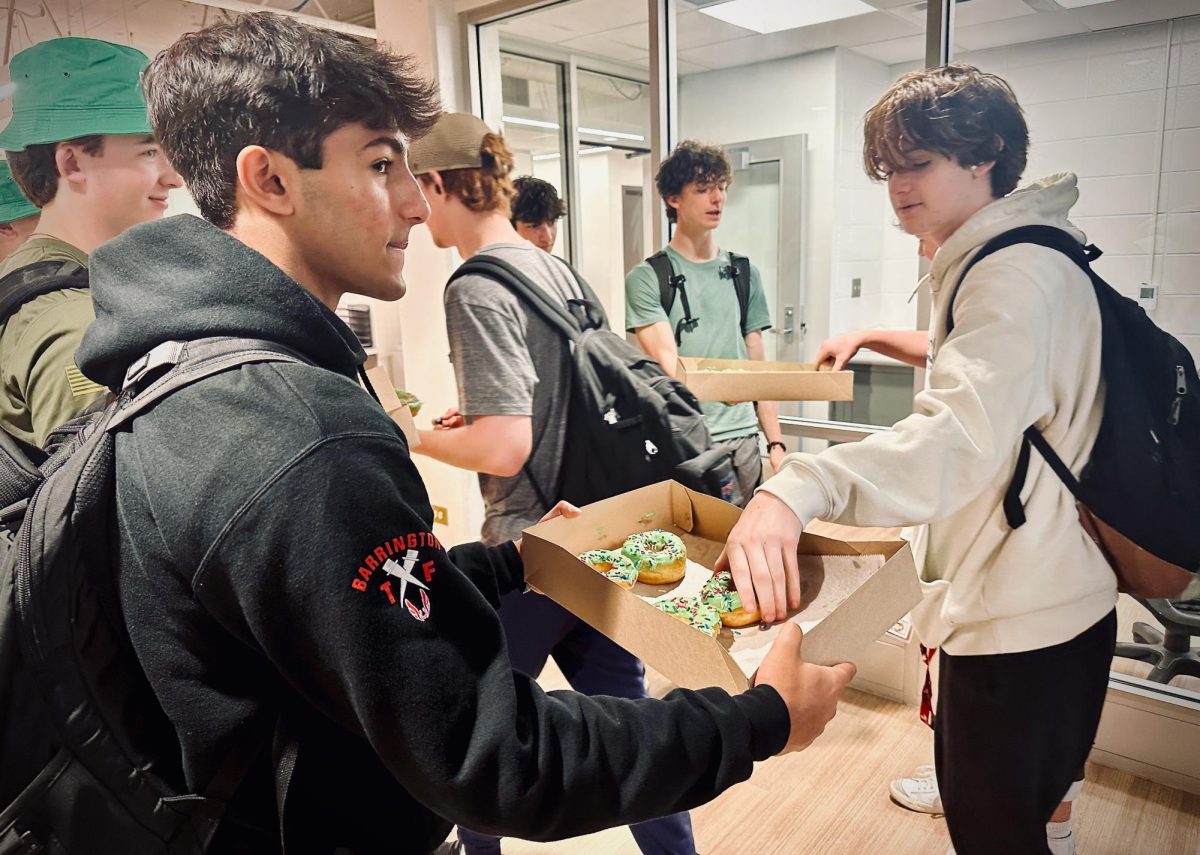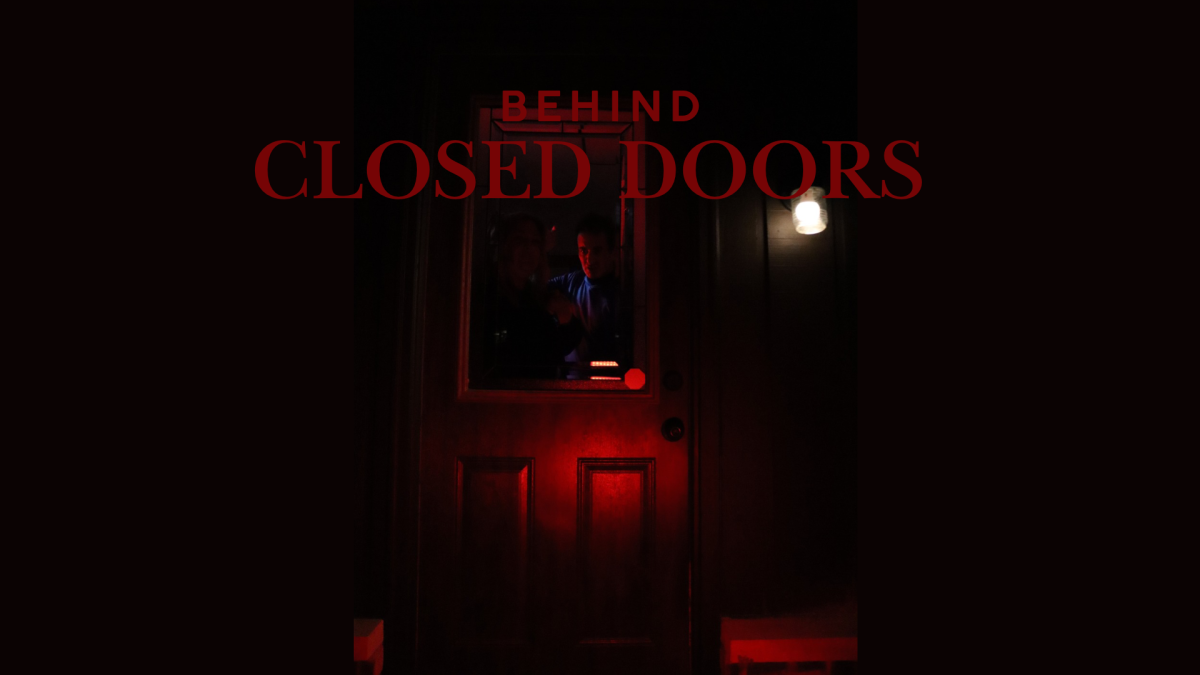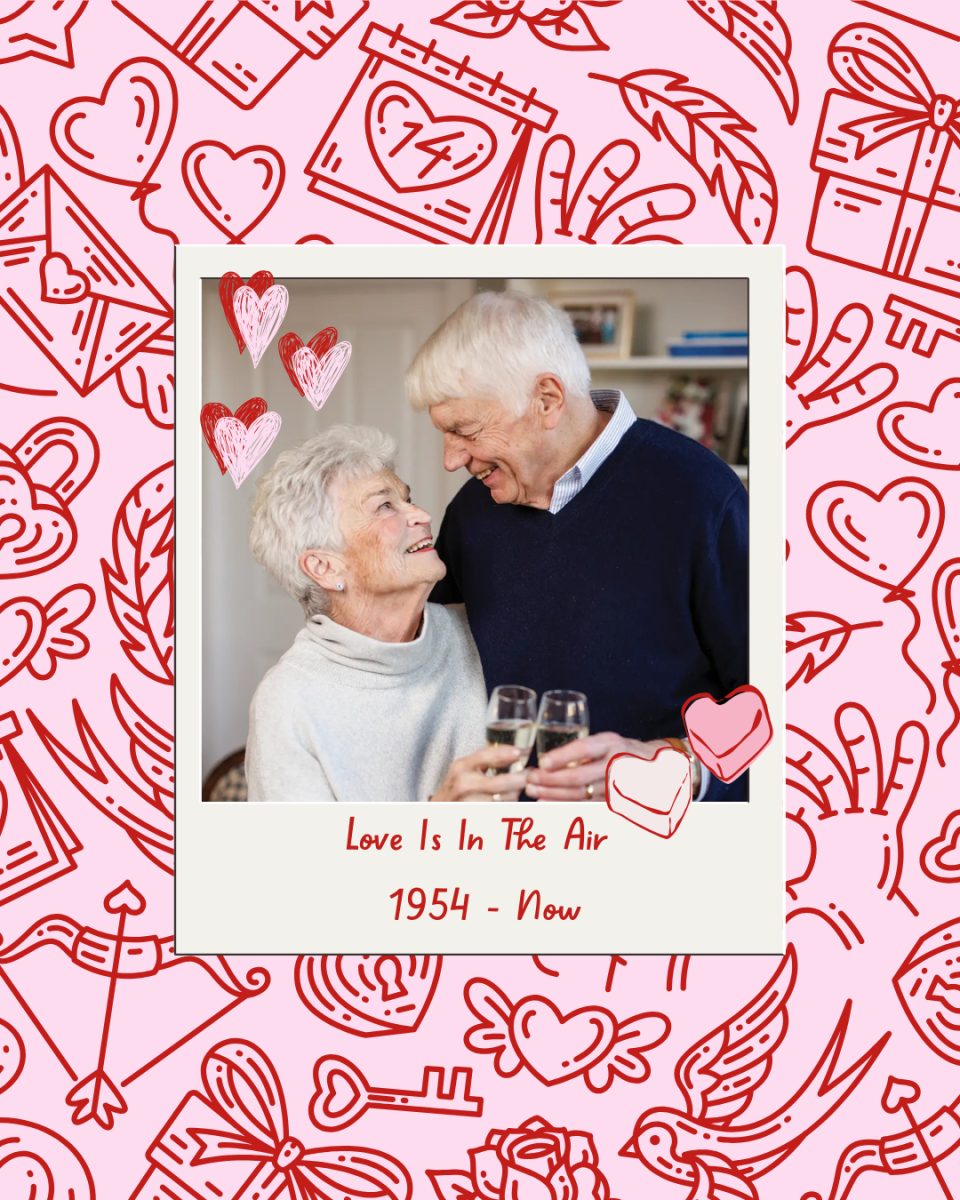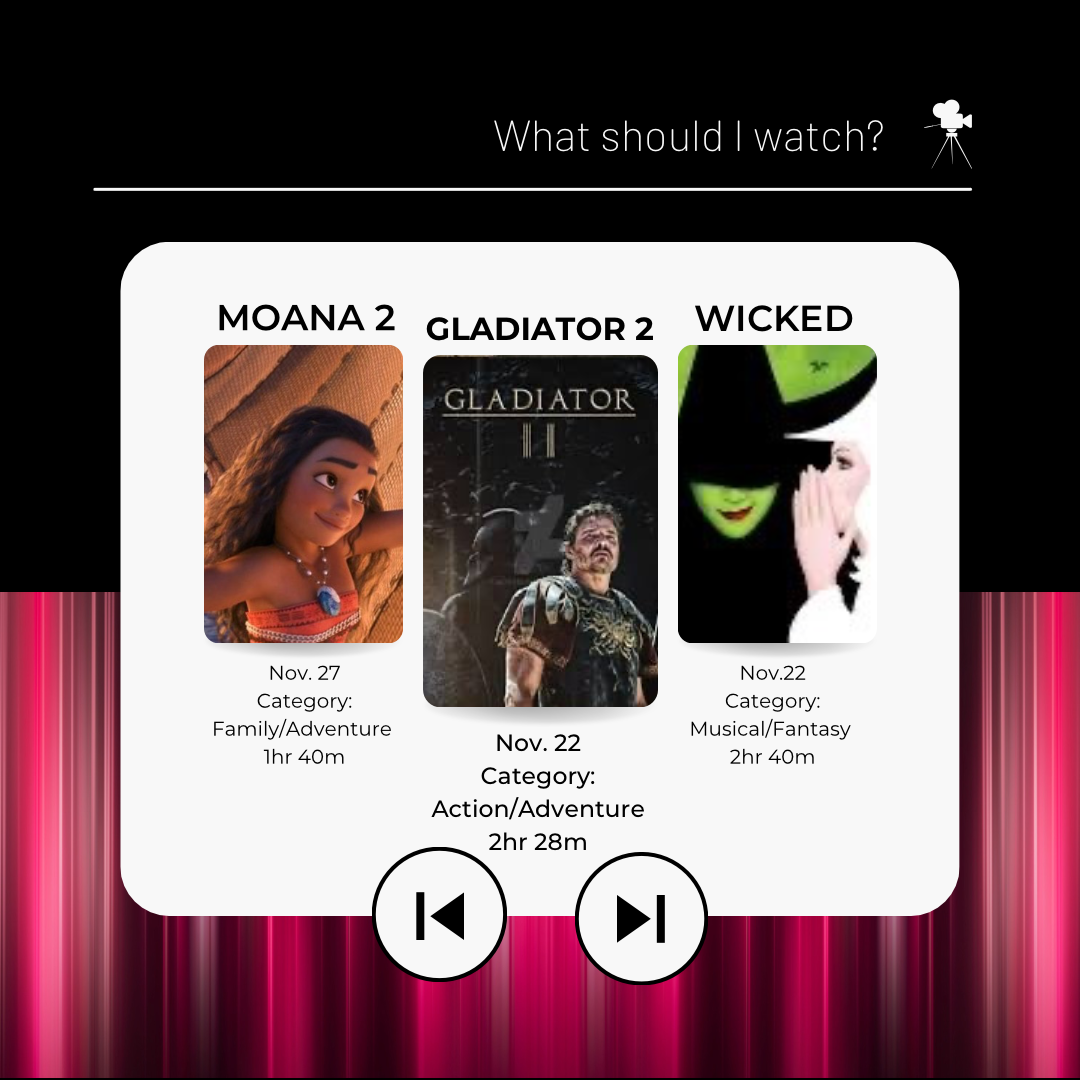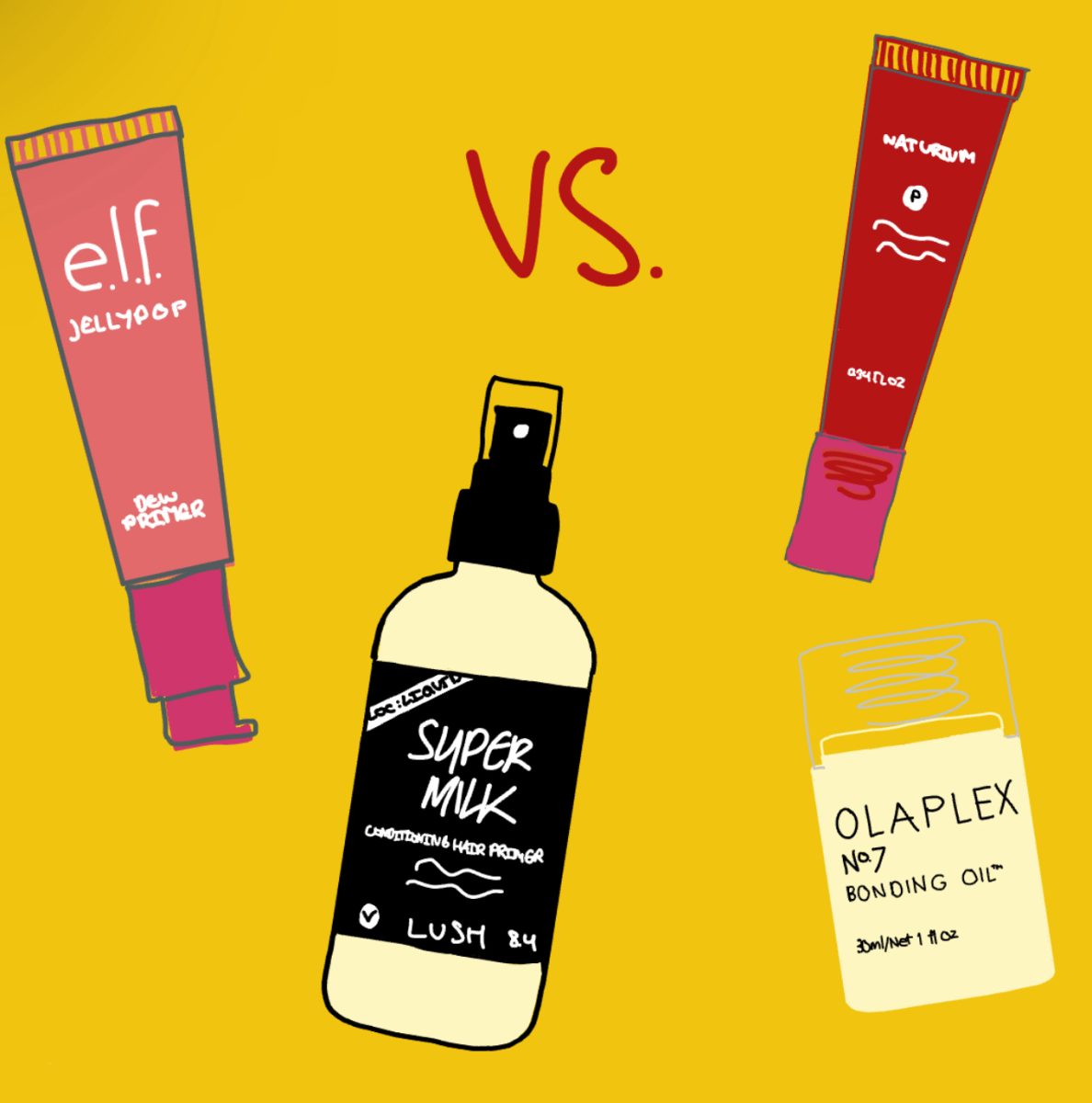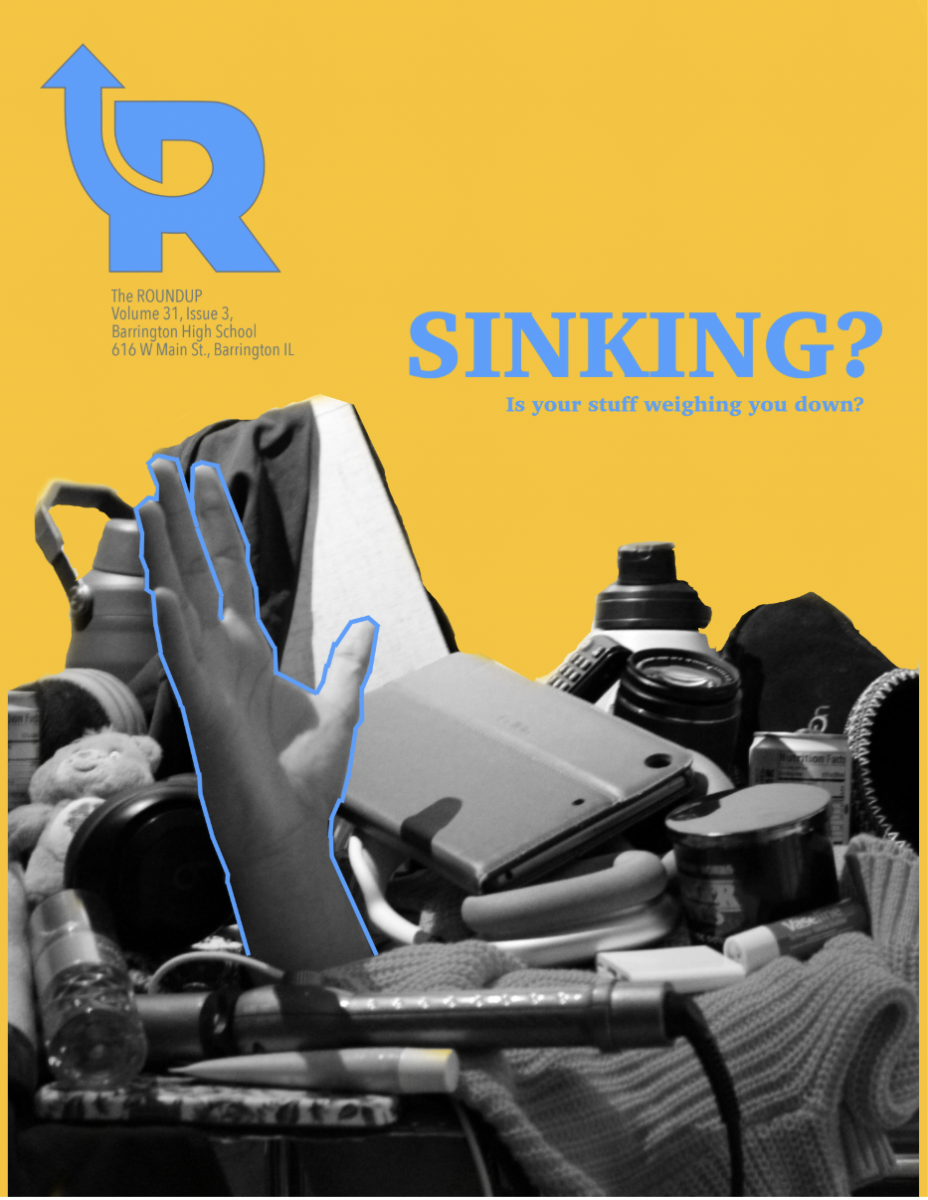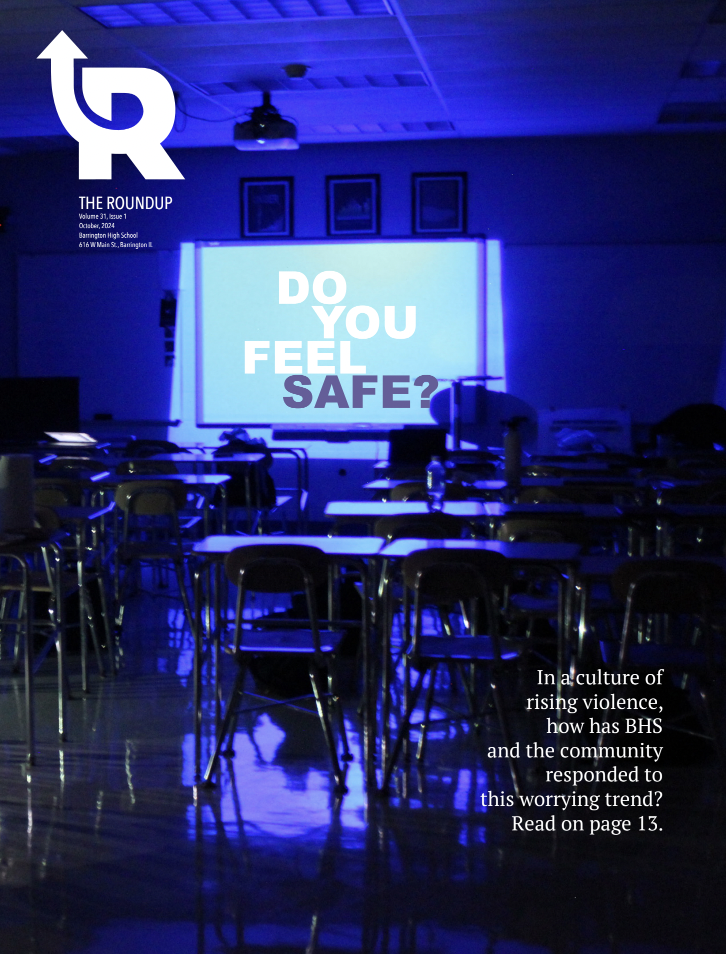The teenage nicotine abuse epidemic: A story of getting help

“It sometimes feels like you can’t breathe,” junior, unnamed source said. “You can’t think, you can’t focus. Your only focus is getting that next fix.”
The list of places in which one can find minors vaping is extensive. Vaping is no longer just a try-it-once with your friends situation anymore, but is also a gateway to severe nicotine addiction that is affecting teens, including those in the community.
Although schools have signs hanging up and television programs have anti-vaping commercials which are meant to prevent minors from trying harmful substances, teenage viewers tend to rebel against authority, ignoring potential risks in the process.
“I started vaping or using substances in general for coping. I had a lot of trauma as a
kid and it was the easiest way,” the junior said.
“So everyone else was doing it and I originally got into it like ‘Oh, it’s fun,’ but then I stuck with it for majorly coping with trauma,” the junior said.
Although friends had influence over the student to start, it was other events that made it more difficult for the student to say no in the first place, or to keep saying no once the cycle of addiction began.
“It’s hard. I want to and I’m trying to [quit], but an addiction is addiction and it is hard to battle it alone, and my friends aren’t really the best support because they have the same habits as me, and how could I ask them to help me quit when they aren’t quitting themselves,” the junior said.
Nicotine addictions are difficult for people to quit. When people around the user also indulge in nicotine use, that makes quitting more difficult than before.
According to the Centers for Disease Control and Prevention (CDC), “All JUUL e-cigarettes have a high level of nicotine. According to the manufacturer, a single JUUL pod contains as much nicotine as a pack of 20 regular cigarettes.”
High nicotine levels are a direct cause of addiction.
Withdrawals are what occur when an addict is without the drug that their body has developed a need for. When this happens, someone can experience many effects on the body both mentally and physically, like anxiety symptoms and pains.
“There is that craving of ‘GET IT.GET IT. GET IT,’ and when I am under the influence, absolutely 0% [control]. I am not making conscious decisions, I am making ‘fun’ decisions,” the junior said.
Severe withdrawals tend to push people to go back to their drug of choice to stop the suffering they may be experiencing, and nicotine withdrawals are no exception.
“Panic attacks. My anxiety grew majorly. I lost a lot of friends. I started distancing myself and pushed everyone away,” the junior said.
The irritability or mood changes put a strain on many relationships for the student in question or others with similar experiences.
“It is almost like when people drink coffee in the morning to get their day going. This is what I do to get my day going: I take a couple hits and I go,” a sophomore unnamed source said.
For many people, a coffee pick-me-up is what starts their day so that they do not feel tired or irritable, but is not as harmful as nicotine and devices it may come in.
According to the CDC, “E-cigarettes can explode, cause toxic liquid to seep through the skin, and cause lung damage.”
“It generally just doesn’t make me feel good after the fact, but I still want to do it,” the sophomore said.
There are many resources available, whether it is a counselor at school, an addiction hotline, online resources and more. The I Am Sober app is an app that is available to download that helps people keep track of their milestones in substance abuse, whether it is nicotine, alcohol or anything else.
“I currently have the I Am Sober app on my phone, I have out of school resources, I have in school resources and I have family resources that are pushing me to do better now,” the junior source said.
Your donation will support the student journalists at Barrington High School! Your contribution will allow us to produce our publication and cover our annual website hosting costs.


